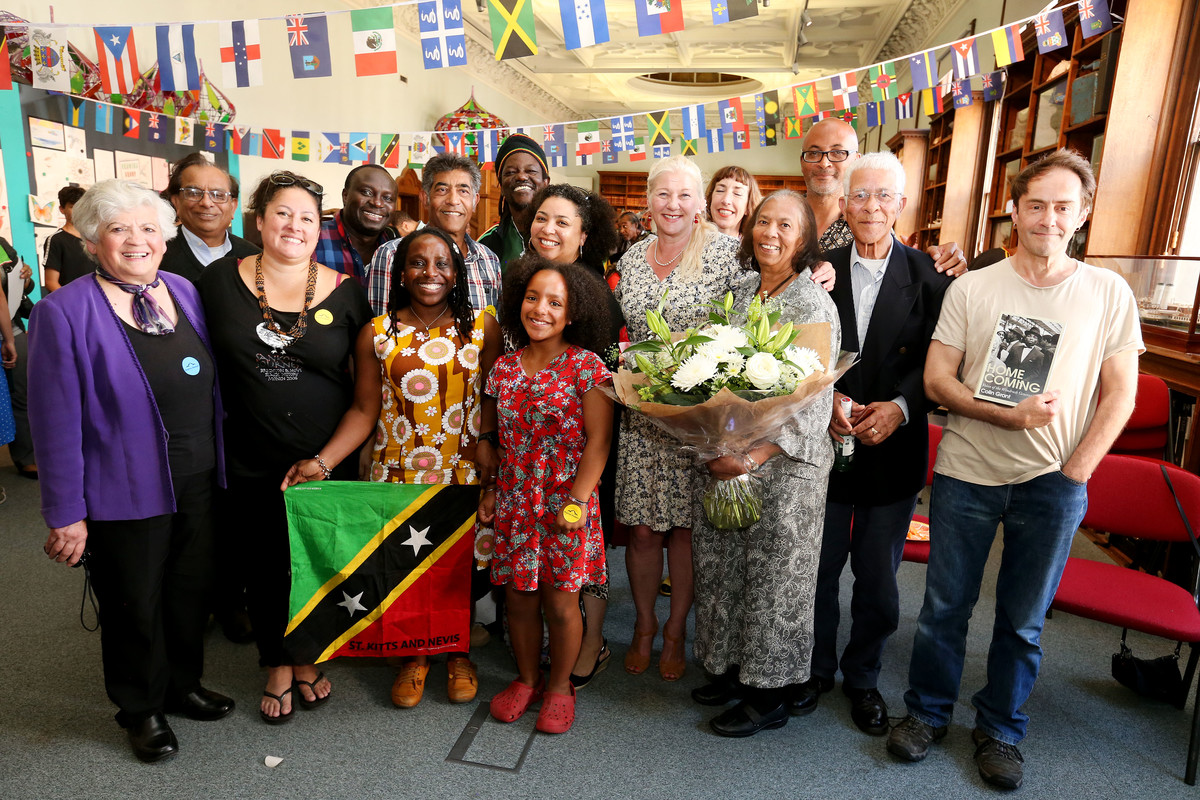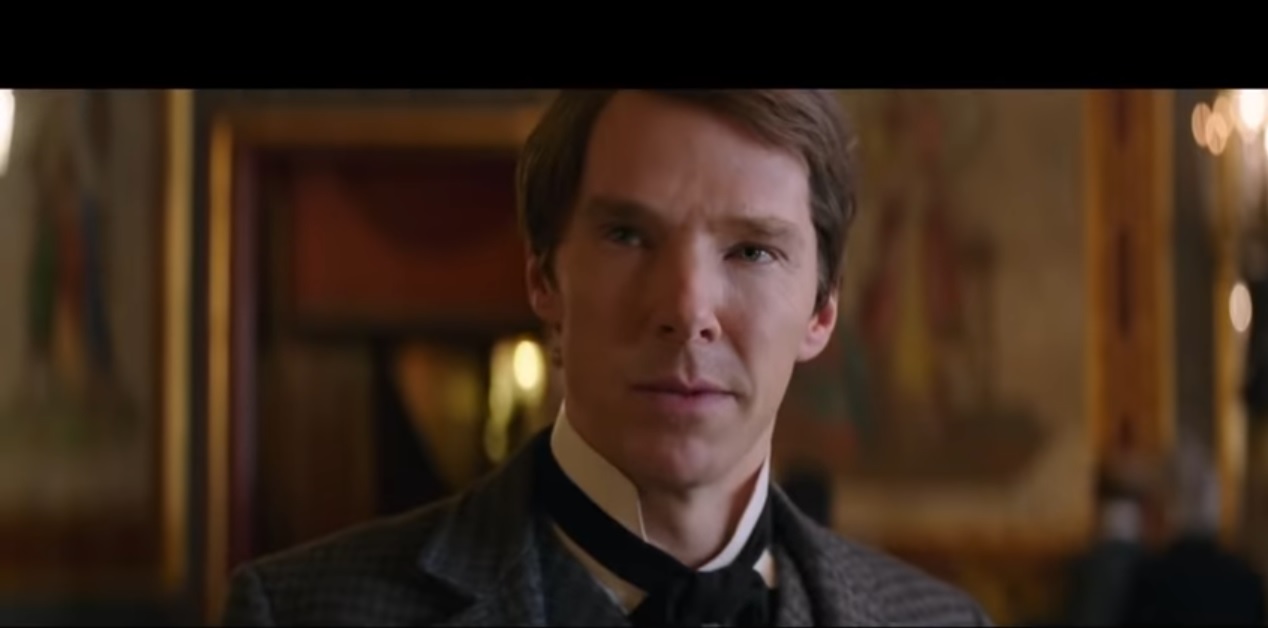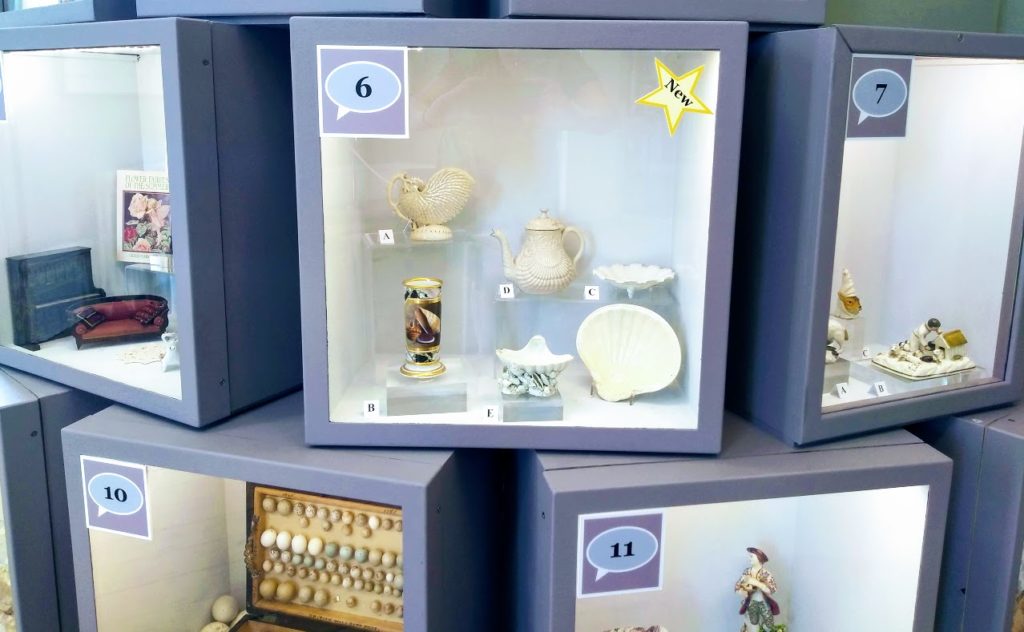
This is a legacy story from an earlier version of our website. It may contain some formatting issues and broken links.
Here’s the latest story from our What’s in the Box display.
Collections Assistant Lucy Faithful on how a display of shell-shaped ceramics at Hove Museum can both twist your tongue and give an insight into the changing fashions and ideas throughout European history.
A word in your shell-like.

Shell Ceramics in the What’s in the Box? Display Case
The theme of our “What’s in the Box?” display at Hove Museum is moving from spring to summer. This is a great opportunity to display some of our rarely-shown shell-shaped ceramics (what a tongue-twister). We have quite a few, mostly British pieces, in our Decorative Art Collection – some in the form of scallop, cowrie or nautilus shells – dating from the 18th to the early 20th century.

Porcelain Spill Vase, Early 20th Century. da320146
This elaborate, exquisitely fine, porcelain spill vase was made in the late 19th or early 20th Century by Belleek in Northern Ireland. Known as a ‘fancy’ it is shaped as a nautilus shell balanced on abalone shells and has a coral-shaped handle. Belleek was known for its delicate lustered glazes and designs inspired by sea creatures.
Most of the pieces on display were made from porcelain clay, which is pliable, smooth and perfect for moulding into intricate shell shapes. The clay itself is also associated with shells – and pigs.

Piglet by Petr Kratochvil, free domain
Porcelain in English is derived from the French porcelaine, which came from the Latin porcellana. There have been many variations on the origin of the word ‘porcelain’ over the years. One version is that it refers to the translucency of pig’s ears, another alludes to another part of the pig’s anatomy. A young pig is porcella in Italian.
Porcella in turn became an Italian name for a type of cowrie shell. The shiny surface of the shell being compared to the lustrous shiny surface of porcelain.
Shells have been used for decorative purposes for centuries but the exotic shells brought by sailors to Europe in the 17th century became wildly popular with the upper classes. Shells were displayed in cabinets of curiosities and their patterns carved in wooden furniture or moulded into plaster embellishments on ceilings.

Sweetmeat Dish, Late 18th century. da320268
This late 18th century sweetmeat dish was made by Leeds pottery who are still making them today. The scallop dish is balanced on little winkle-shell feet.
Some of the shell ceramics in our collection are in the neo-rococo style that became popular in Britain in the late 18th and 19th century, particularly in later years with the newly-moneyed middle-classes. Rococo itself was a decorative style, from the late 17th- early 18th century, that revelled in elaborate ornamentation.

Porcelain Sweetmeat or Salt Dish, c1750-52. da320591
This porcelain sweetmeat or salt dish is shaped as half a clam shell supported by bivalves and other molluscs. It is an example of the rococo style and was likely made by Bow potteries, c 1750-52.
And so is this fancy Davenport teapot, c1830. The coral handle and scallop-shell knob weren’t quite elaborate enough so flowers and curlicues were added.

Teapot, c1830. da310041
Influenced by natural forms, the name apparently originates from the French word rocaille – a method of decoration using pebbles, corals, seashells and cement, which was often used to adorn grottoes and fountains. Louis XVI commissioned an extraordinary cottage richly decorated with shells for Marie Antoinette. Britain even had its own rococo style, which had more realistic natural motifs.
Here is stoneware teapot moulded with shells, dolphins and plants, c1750, made in Staffordshire. I love its little sea-serpent spout.

Teapot, c1750. da310002
The shell motifs also reflect the influence of Romanticism that developed in the late 18th century and which influenced art, literature and philosophy. Aside from its concerns with emotion, feelings and individualism, it also emphasised the importance of nature. This was partly a reaction to the advent of industrialisation. The land became romanticised as it disappeared into roads, towns and factories.
Romanticism was also a reaction against the Enlightenment and rationalisation. But this too had a long-lasting influence on representations of nature but in more accurate, scientific and realistic ways. Botanical recording gained popularity and rare specimens were depicted on porcelain.
This porcelain spill jar is one of my favourites here. The enamel decoration is quite beautiful with its unusually realistic depictions of shells and seaweed. When I first saw it, I presumed it had been made in the 1930s. In fact it was made around 1807-1813 by Flight, Barr & Bar in Worcester. They specialised in subjects such as flowers, shells and landscapes.

Spill Vase, 1807-1813. da324298
The use of shells as decoration on ceramics also reflected British preoccupations with the sea: long life-changing voyages to Australia and America, as well as naval battles with France, Spain and America. This c1820 plate has a border of shells and seaweed. Although it was made in Staffordshire, it commemorates an American victory against the British navy at the Battle of Lake Champlain in 1812.

Plate, c1820. da328495
This tea cup, c1830, was produced by Rockingham Works in Yorkshire and has a sea-shell and lilac design.

Tea Cup, c1830. da322130
The late pieces also reflect a Victorian fascination with nature: exploring, collecting, drawing, classifying, pressing, pinning, displaying. Christians demonstrated their wonder of God’s creation through paintings and ceramics at the same time as the works of Charles Darwin took hold and increased the interest in the natural sciences.

Sweetmeat Dish, 1892. da320715
Porcelain dish made by Worcester in 1892.
Find out More
Follow the What’s in the Box category on our blog to see what new items have come out from our stores.
If you visit Hove Museum in Church Road, Hove, look out for our What’s in the Box? display.
Lucy Faithful, Collections Assistant
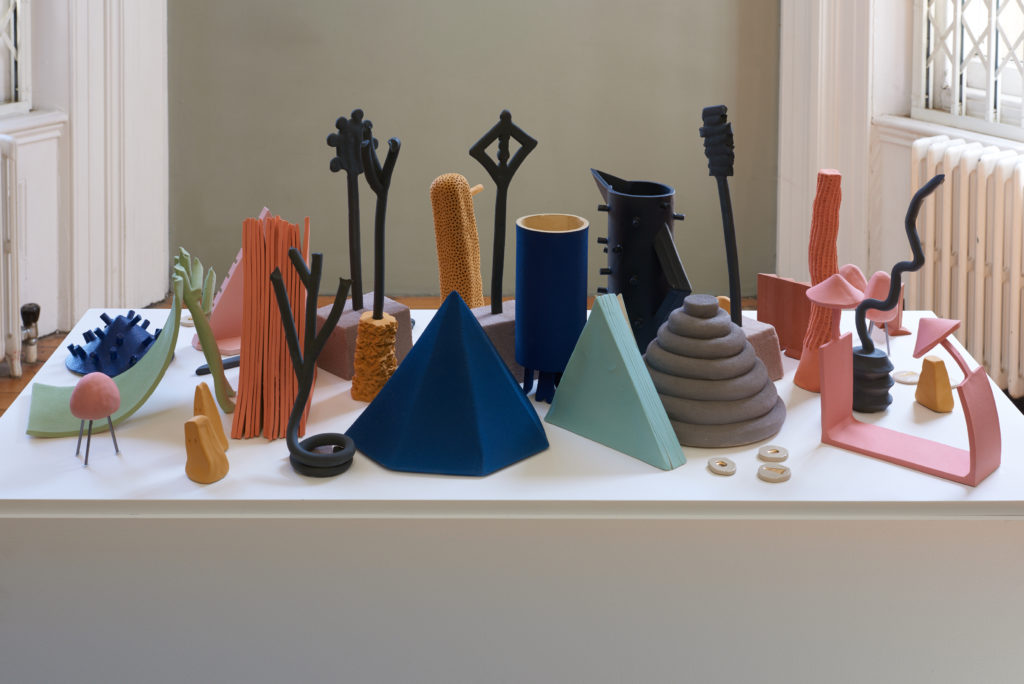

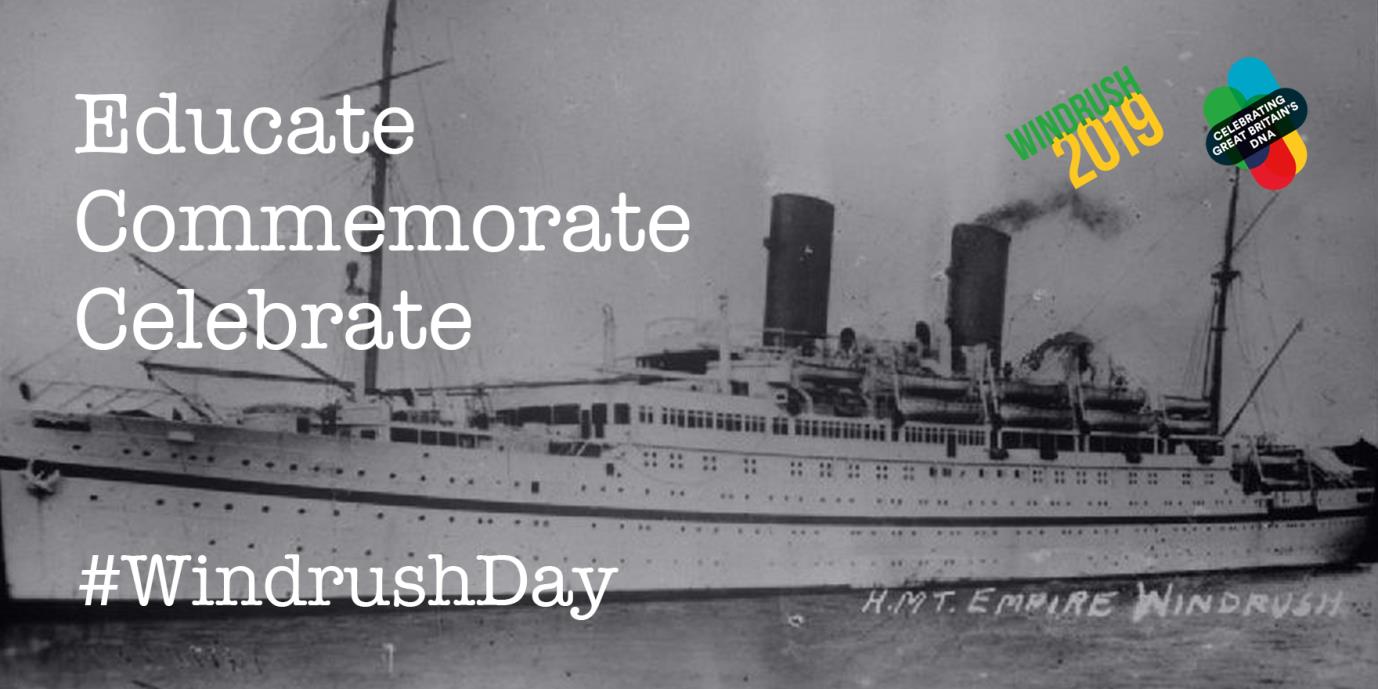


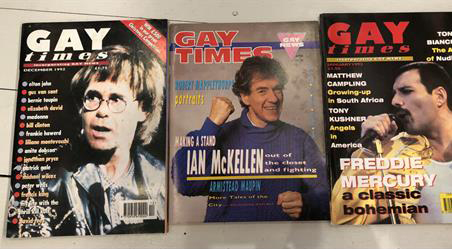



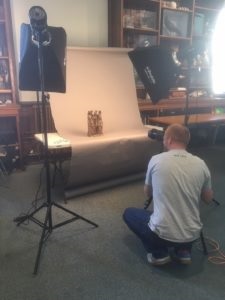

























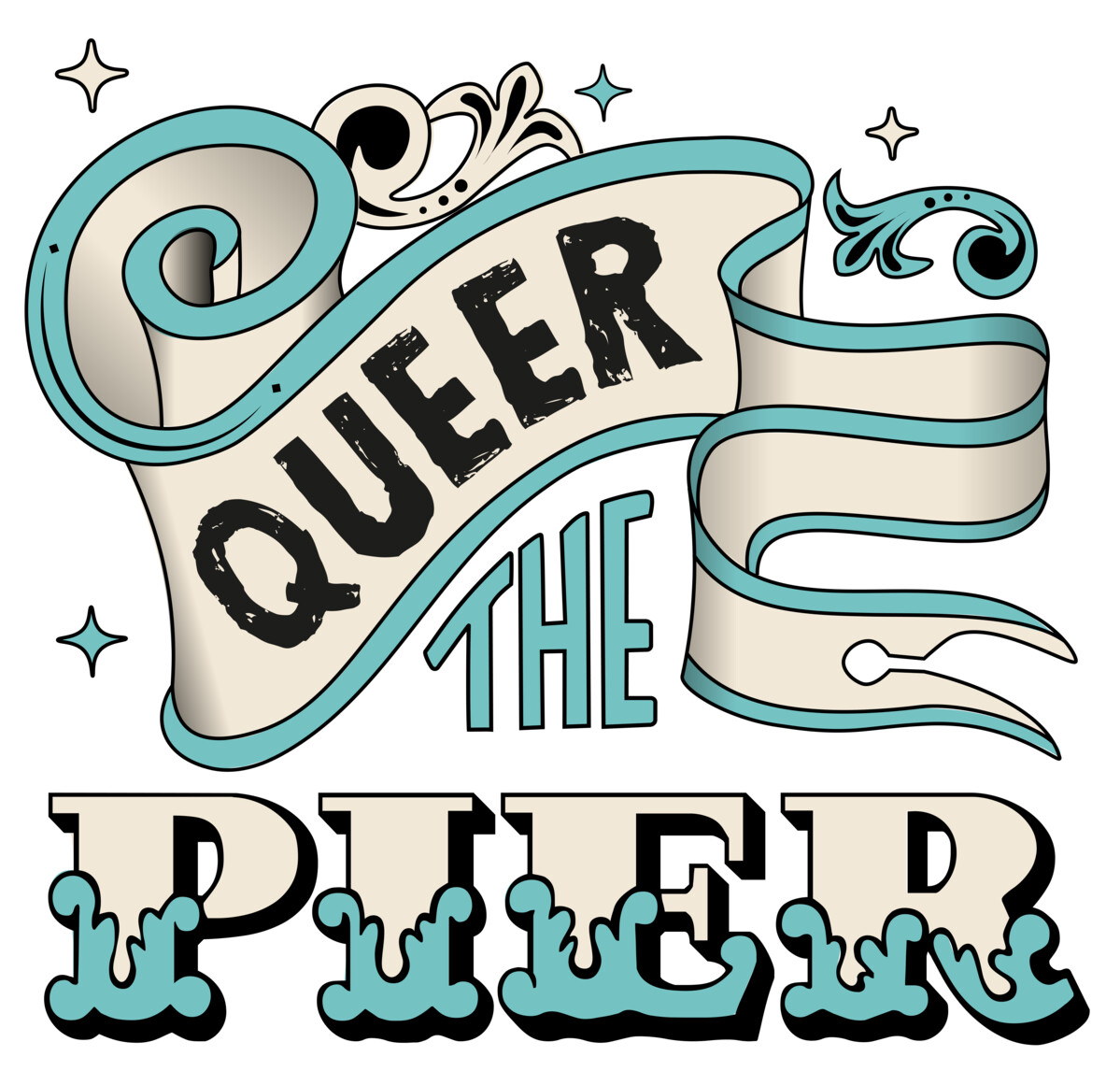
 In order to do this,
In order to do this,  We want Queer the Pier to be an inclusive and accessible project for our community so, if you would like to get involved or learn more about the work we are doing, please join us at one of our meetings every other Wednesday and Sunday at
We want Queer the Pier to be an inclusive and accessible project for our community so, if you would like to get involved or learn more about the work we are doing, please join us at one of our meetings every other Wednesday and Sunday at 